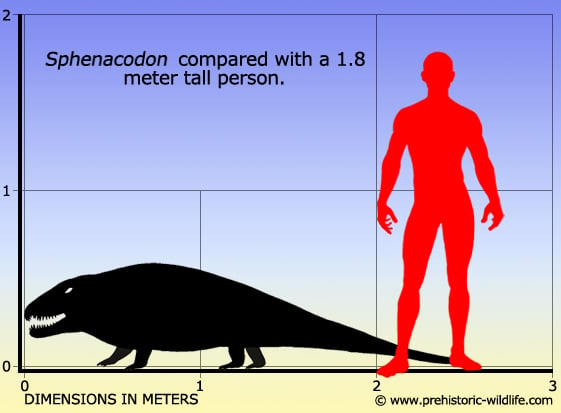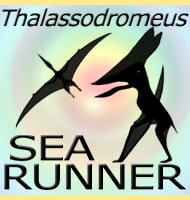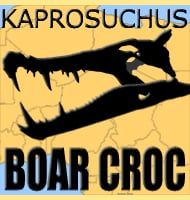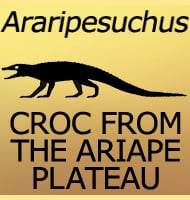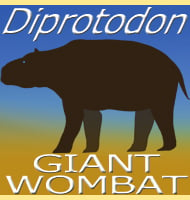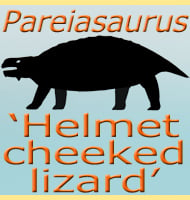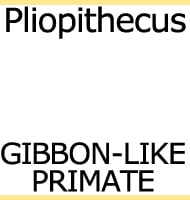In Depth
Although it did not have the large sail supporting spines that other pelycosaurs like Dimetrodon, Secodontosaurus, Ctenospondylus and Edaphosaurus had, Sphenacodon still possessed enlarged neural spines rising from its vertebrae. These are considered to have been the supports for powerful dorsal muscles that would allow Sphenacodon to undertake powerful strikes towards is prey, overpowering its victim by sheer brute force.
Sphenacodon also displays the large canine teeth at the front of its mouth for prey capture, and the shearing teeth at the back for cutting bite sized lumps of flesh. These teeth were typical for the later predatory pelycosaurs.
Further Reading
– New genera and species of pelycosaurian reptiles. – Proceedings of the New England Zo�logical Club 16:89-95 – A. S. Romer – 1937. – The skull of Sphenacodon ferocior, and comparisons with other sphenacodontines (Reptilia: Pelycosauria) – New Mexico Bureau of Mines and Mineral Resources, Circular 90: 1–40. – D. A. Eberth – 1985. – Redescription of the cranial anatomy of Sphenacodon ferox Marsh (Eupelycosauria, Sphenacodontidae) from the Late Pennsylvanian-Early Permian of New Mexico – Bulletin. New Mexico Museum of Natural History and Science 59: 159–184 – Justin A. Spielmann, Larry F. Rinehart, Spencer G. Lucas, David S. Berman, Amy C. Henrici, Susan K. Harris – 2010. – Comparative anatomy and osteohistology of hyperelongate neural spines in the sphenacodontids Sphenacodon and Dimetrodon (Amniota: Synapsida) – Journal of Morphology 271: 1407–1421 – A. K. Huttenlocker, E. Rega & S. S. Sumida – 2010.
